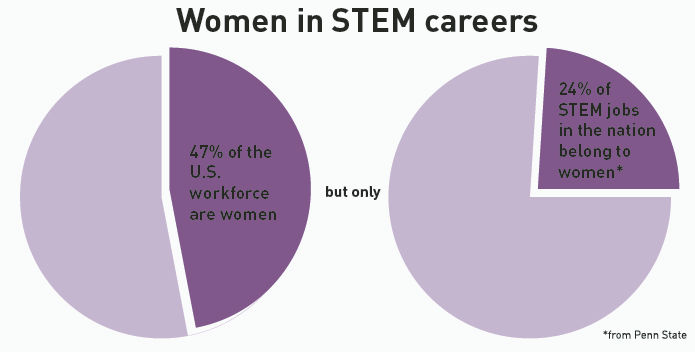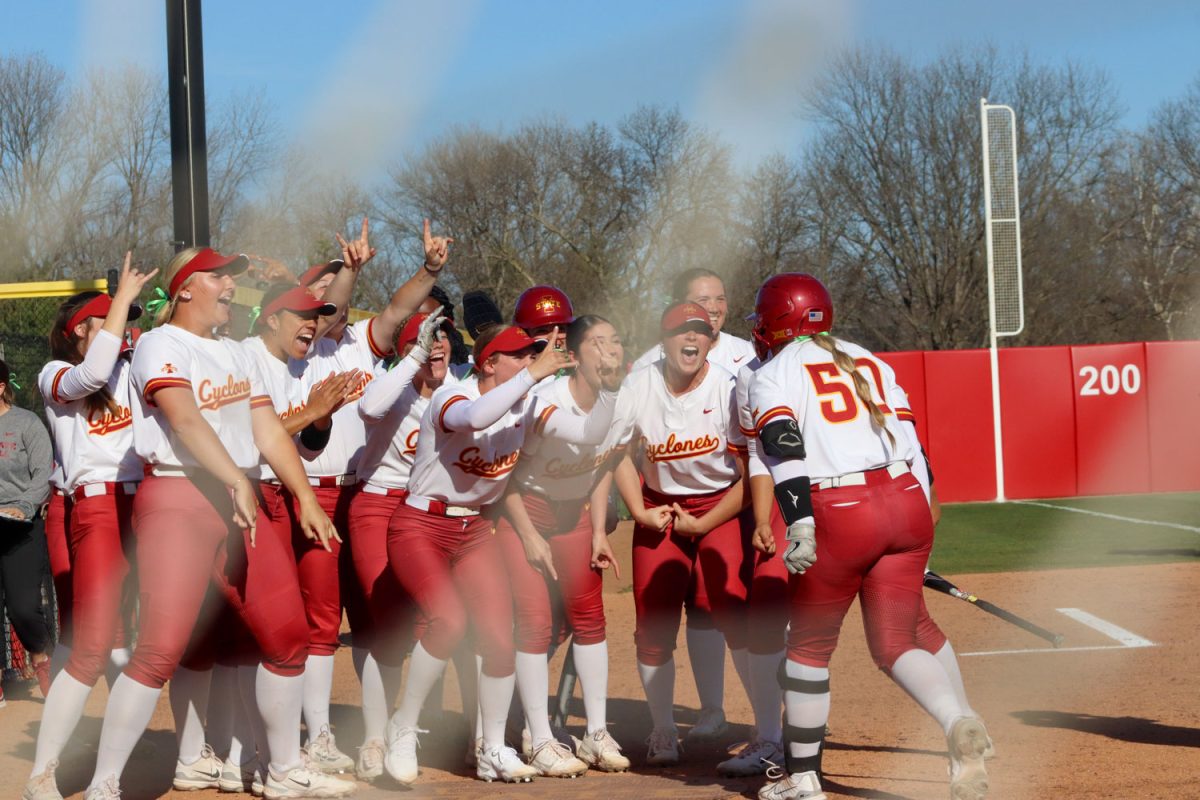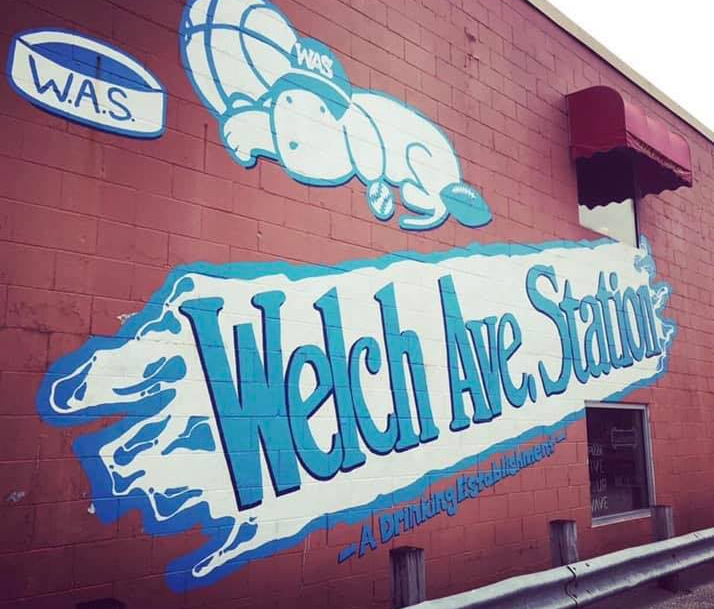Students strike gold
April 29, 1997
Gold goes hand in hand with jewelry, but it is also a good component for wires in computers.
In January, a group of Iowa State students received a grant to work on strengthening a gold-based wire in computers.
Students David Chatterbucks, Matt Miller, Jong-Her Locke, Jeremy Schrooten and James Parks will conduct the research along with professors Scott Chumbley and Alan Russell, both in material science and engineering.
NASA, Kullicke and Soffa Industries chose ISU students and faculty to conduct the research. Each company has contributed $10,000 and the gold needed for the research.
“We know some of the people in industry that need this problem solved. We have the equipment necessary to do metals information research, and we have a good reputation for it,” Parks said.
ISU has special features for the production of this kind of a wire, a process called the “deformation process composite.”
“When people think about using this process, Iowa State is one of the leaders,” Russell said.
The wires have been a major problem in computers because they are brittle and easily broken. The group attempts to reduce the width of the present 20 micron wire and combine other elements and metals in order to make it stronger while using less gold and reducing the price.
If the group succeeds, engineering companies could choose to reduce the costs of their computers because less gold is used.
The advance would change computers’ speed or performance, but also make them more reliable.
“It’s more of an economic [advance] than a revolutionize in computers,” said Alan Russell, professor of material science engineering and adviser of the group.
Gold performs well in this small wire because it works against corrosion, while other materials form oxides and eventually corrode.
Russell said they can not say what materials they combine with the gold to make it stronger, but they are making the new wire with 90 percent gold and with 10 percent of other materials.
A relatively new member of the research team, Parks, a senior in metallurgical engineering, will remain with the project until completion at the end of this summer. Parks, along with Russell, will continue with the research after the other four members have graduated this May.
“When they leave I’ll take over research this summer and complete it [this] August,” Parks said. “I’m mostly like a grunt. I do most of the processing. I work with the people in metals development in the Ames Lab.”
The work involves turning gold powder into pellets which become rods of gold. These rods eventually are changed to gold wires for electrical contacts for computer components, Parks said.
When the new wire is produced, tiny micro-machines will place them inside the computers.
The metallurgical research performed at Ames Labs has been preceded by other successful endeavors. Projects have been done for leading aerospace companies involving work with magnesium, titanium and aluminum alloys, Parks said.
Present projects have been subcontracted by an outside company, Parks said. Research done at the Ames Labs will potentially produce a published work on the results.
The group meets every Friday in the Ames Laboratory Building.
“No one else in the world is doing this, and I think we have a fair chance of success,” Russell said.
















